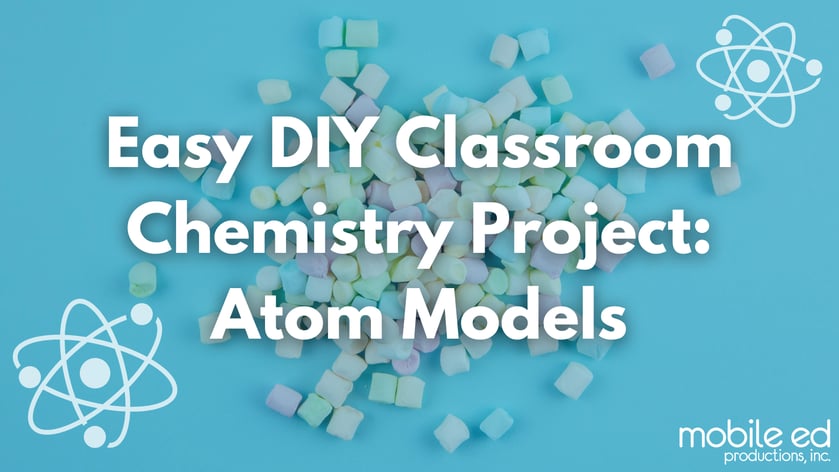
Mobile Ed Productions, Inc. has been making education entertaining for over forty years! Through hands-on activities, thought-provoking questions, unforgettable performances, and amazing props in our educational programs, we’ve made students across the country fall in love with learning. Similarly, our team recommends educators use hands-on activities in their classrooms to engage students in unique ways, practice teamwork, and develop problem-solving skills.
Visual learning “requires that you see what you want to learn.” In fact, seventy-five percent of all information processing in the brain is through visuals. Visuals can include items such as images, flowcharts, videos, graphs, cartoons, games, and flashcards. The Journal of Education and Practice proves that students understand information better when they can visualize it. It also claims that visual learning helps students to become better higher-order thinkers. In addition, students will remember information better when it is presented both visually and verbally.
Chemistry may be a challenging subject for your students, but using hands-on methods to create representative visuals may help your students grasp difficult chemistry concepts, especially when they can’t typically see the content they’re learning in their natural environments. Take a look at this simple project on building an Oxygen atom model from marshmallows! Students will get to physically and visually engage with chemistry content in a new way.
This edible atom model requires little preparation and minimal resources, making this a perfect lesson for educators. We have no doubt your students will love working with their hands while learning about atoms and molecules (and possibly enjoying a treat afterward).
What You’ll Need:
- Paper plates
- Pen/Pencil
- Multi-Colored Mini Marshmallows
What To Do:
- Have students draw a large circle in the center of the paper plate, leaving room around it to draw later.
- Designate three colors of the marshmallows as neutrons, protons, and electrons. Place eight protons and eight neurons into the circle (the nucleus).
- Draw another circle (electron shell) around the outside of the nucleus like a bullseye.
- Place two-electron marshmallows on this outer circle on opposite sides of the circle.
- Draw a third circle around the first two.
- Place six marshmallows (electrons) around the third, outermost circle. These marshmallows should be equally spread out. You have now made an atomic model of Oxygen!
- For the next round, use six protons, six neutrons, and only six electrons (two in the second circle, four in the outer circle) to make a Carbon atom. Observe the difference between the atoms!
ADVANCED VERSION: Students can pick a specific element or atomic pair from the periodic table to replicate.
Mobile Ed Productions, Inc. is very proud of our popular Magic of Science program. This 45-minute program invites students to see how the magic all around us is in fact based on science. In this program, students will be fascinated by chemistry experiments, magnetism, tricks to solving math problems, physics, and optical illusions. This program will allow everyone at the performance, in the audience, and on the stage, to learn to become magicians, but first by becoming scientists!
Both educators and teachers are amazed at the magic experienced in our Magic of Science program. Here’s what Egremont School in California has to say about this program:
"Fantastic program! The instructor was magnificent and really related well to the students. Outstanding science performance!"
-Egremont School in Chatsworth, California
Contact our team to learn more about our popular Magic of Science program. For more helpful classroom projects for educators, visit the Mobile Ed Productions, Inc. blog on our website.
Blog inspired by: Amazement Square






